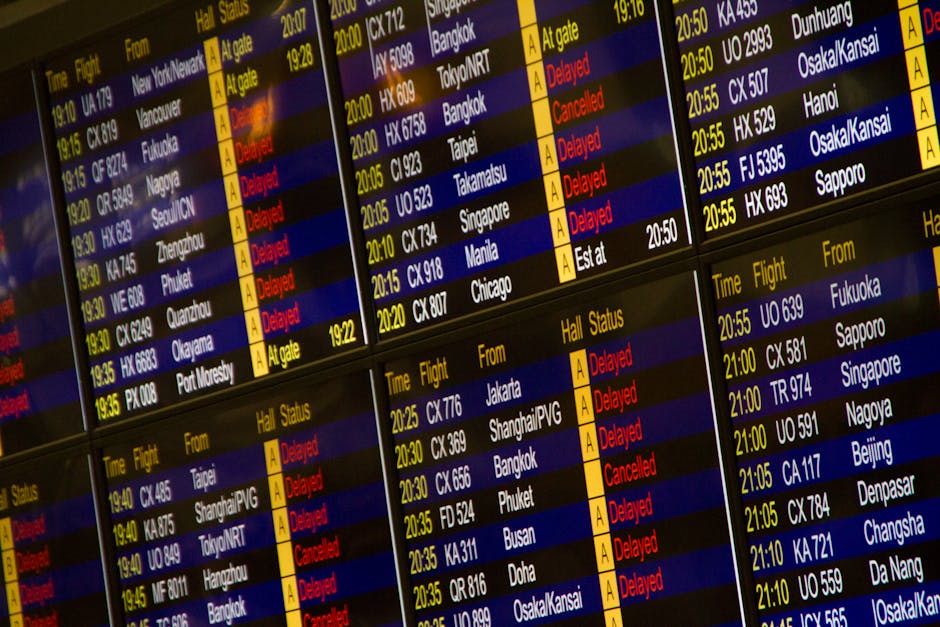Does it feel like the summer never truly ends anymore? You’re not just feeling the heat—you’re living through a documented global trend. According to the World Meteorological Organization (WMO), we are in an ‘unprecedented streak of high temperatures,’ and its latest forecast shows that 2025 is set to be among the top three warmest years ever recorded.
A Full Year of Record-Breaking Heat
In a stark new report, the WMO has sounded a clear and urgent alarm. For the past twelve consecutive months, from June 2023 to May 2024, every single month has set a new global temperature record for that time of year. An entire year of breaking heat records is not a random spike; it is a terrifyingly consistent upward curve. The WMO‘s prediction for 2025 continues this relentless pattern, pushing our planet further into uncharted territory.
From El Niño to La Niña: Why the Heat Won’t Stop
The record-shattering temperatures of 2023 and early 2024 were supercharged by a powerful El Niño event, a natural climate pattern known for boosting global heat. While the world is now transitioning towards a cooling La Niña phase, the WMO warns this will not be enough to reverse the trend.
The underlying, human-caused warming is now so potent that even a year influenced by a ‘cooling’ natural cycle will still rank among the hottest in history. It’s like trying to cool a boiling pot with a single ice cube—the fundamental heat remains. This makes the forecast for 2025 to be among the top three warmest years a particularly grave warning about the baseline temperature of our planet.
What the WMO’s Forecast Means for India
This global report has direct, on-the-ground consequences for India. We are already witnessing a brutal reality written in sweat, cracked earth, and volatile monsoons, with parts of Delhi recently reaching close to 50°C. This unprecedented streak of high temperatures translates directly into several critical challenges:
- More Intense and Frequent Heatwaves: The blistering heat that grips North India is becoming a prolonged, dangerous annual event, threatening public health, straining power grids, and impacting productivity.
- Growing Water Scarcity: The Himalayan glaciers, often called our “water towers,” are melting at an alarming rate. This forecast signals a continued assault on our most critical freshwater sources, threatening the water security of millions who depend on rivers like the Ganga and Brahmaputra.
- Agricultural Distress: Unpredictable monsoons, extreme rainfall, and prolonged droughts put immense pressure on our farmers, jeopardizing food security and rural livelihoods.
- Increased Coastal Vulnerability: For major cities like Mumbai, Chennai, and Kolkata, rising global temperatures mean rising sea levels and an increased risk of coastal flooding and more powerful cyclones.
A Critical Call to Action
The WMO’s message is unequivocal: the climate crisis is not a future problem. It is here now. This report is a critical warning that must be a catalyst for aggressive action—from investing in renewable energy and climate-resilient infrastructure to protecting our forests and water bodies.
As we look towards 2025, this forecast from the World Meteorological Organization is more than a headline. The heat is on, in every sense of the word. The question is no longer if we need to act, but how fast we can adapt to the new, hotter reality we have created.




